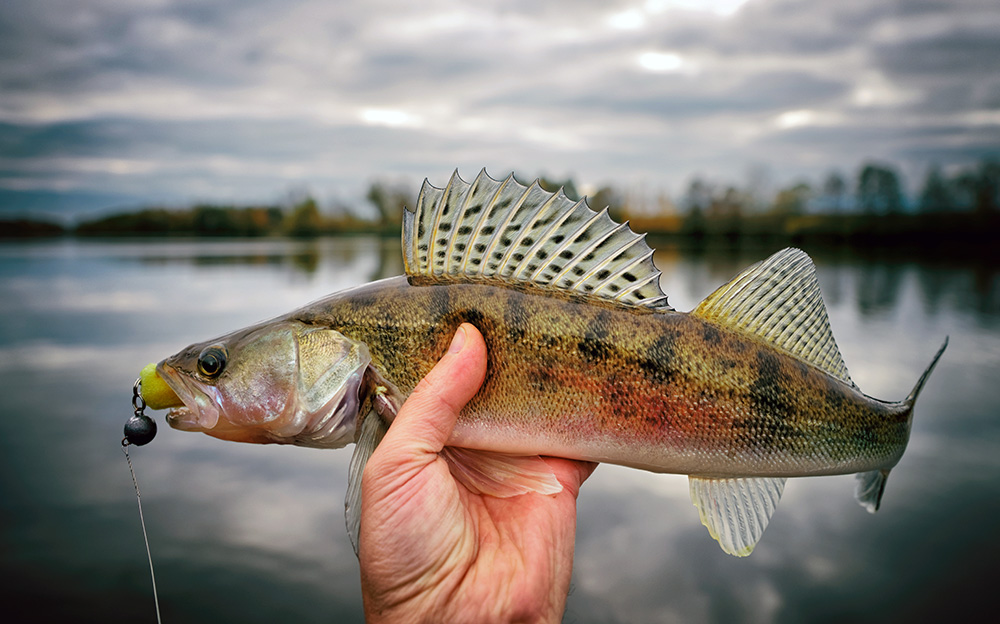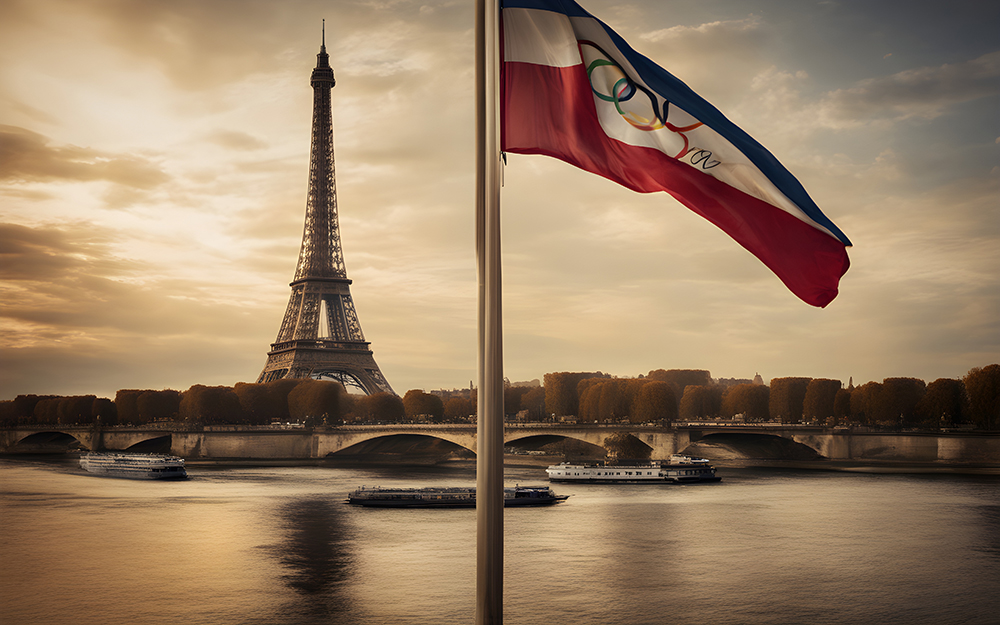
The Environmental Cost: Hobbies
Hobbies. Those activities that we use to fill time between work, sleep, and other activities that make up life should be fun, positive, and rewarding. While many hobbies appear benign on the surface, there may be concealed environmental consequences. In observance of National Hobby Month, let's examine some popular pastimes and explore their environmental impacts:
Gardening
Engaging in the quest for the ripest tomatoes or cultivating the perfect rose serves as a wonderful means of connecting with nature and relishing the great outdoors. Gardening, for the most part, is seen as a harmless hobby—after all, how can planting and tilling be anything but positive? However, the excessive use of pesticides and fertilizers may leave a lasting imprint on the environment, and planting invasive species can detrimentally affect native plants and wildlife. On a larger scale, gardening operations can alter the topography and diversity of an environment, influencing everything from waterways to wildlife.
Fishing
Fishing is another pastime that provides a close encounter with nature. However, some detrimental practices associated with fishing include littering and traversing sensitive areas, like sliding down banks to access the water, and boat engines leaking fuel and oil into waterways. Abandoned fishing lines and nets pose a significant and often fatal threat to wildlife and contribute to overall water pollution. Additionally, the extensive use of lead in fishing is a concerning factor, with the EPA estimating that over 4,000 tons of lead sinkers are purchased in the U.S. each year.
Hunting
While hunting may appear to be an idyllic nature-focused pastime, it exacts an environmental toll. Beyond its direct impact on species, hunting leaves a lasting imprint on our ecosystems. The use of commonly employed lead-based ammunition poses significant risks to both humans and wildlife, along with adverse effects on waterways. Lead fragments from bullets and shot can embed themselves in animal carcasses or gut piles, potentially poisoning scavengers. Birds, mistaking these lead fragments for food or grit, often succumb to toxicity. In areas frequented by hunters and at gun ranges, lead accumulation can be particularly pronounced, with some dove fields accumulating over 2.5 million pellets per acre annually. According to the EPA, shooting ranges alone contribute to approximately 70,000 tons of lead each year. The overhunting of fruit and seed animals has been proven to decrease tree diversity and population in studies, including a 15-year international study conducted at the Huai Kha Khaeng (HKK) Wildlife Sanctuary in western Thailand.
Cooking
For many, the art of cooking is an enjoyable hobby that appeals on several sensory levels. However, setting aside the environmental implications of cultivating and transporting food to local stores, the process of cooking itself exerts a substantial toll on the environment. For instance, the EPA estimates that non-renewable cooking fuels release a gigaton of carbon dioxide annually, constituting 2% of global CO2 emissions—a figure equivalent to the combined impact of aviation and shipping. Aerosols, including fatty acids released during cooking, contribute to 10% of particulate matter. Surprisingly, even seemingly efficient appliances like microwaves emit 7.7 million tons of CO2 annually in the EU alone, as indicated by a study from the University of Manchester. Furthermore, food waste emerges as a significant environmental concern, with the EPA noting that it constitutes the most prevalent material in U.S. landfills and incinerators, making up 24% and 22% of landfilled and combusted municipal solid waste, respectively. Even when all ingredients are consumed, the disposal of spent food oils and storage supplies such as plastic wrap and food containers adds to the overall waste footprint.
Photography
Today’s photographers can rejoice in the fact that their hobby is less of a pollutant than in decades past. After all, digital technology has all but done away with developing chemicals. That doesn’t mean that this hobby doesn’t have an impact today. From the production of cameras and electronic equipment, involving resource-intensive processes, to the energy consumption associated with digital photography and the disposal of electronic waste, photography has ecological implications. Gold, platinum, copper, aluminum, and lead go into various parts of the camera, while nickel-cadmium and lithium-ion power the batteries, plastics make up components, and the printing of physical photographs consumes paper and ink. Additionally, the travel associated with photography, especially for professionals and enthusiasts, contributes to carbon emissions. Photographers in search of the best shot may become insensitive to wildlife and natural settings.
Knitting
The seemingly serene practice of knitting has its own environmental impact, extending from raising fiber animals for yarn production to the resource-intensive processes and chemical treatments associated with cleaning, carding, dyeing and spinning wool and manufacturing crafting supplies. Even when opting for more environmentally-friendly supplies, the transportation of these materials from a distance adds to knitting's emissions and ecological impact. The disposal of leftover yarn and finished products, along with the energy consumption during the manufacturing process, contributes to the overall environmental implications.

Waterborne Environmental, Inc. Hired to Create Online Dashboard That Tracks Nutrient Loss Across the State of Missouri
READ MORE

Swimming with Bacteria: Water Quality Concerns at the 2024 Paris Olympics
READ MORE

The Right Tool – Multidimensional Models
READ MORE



